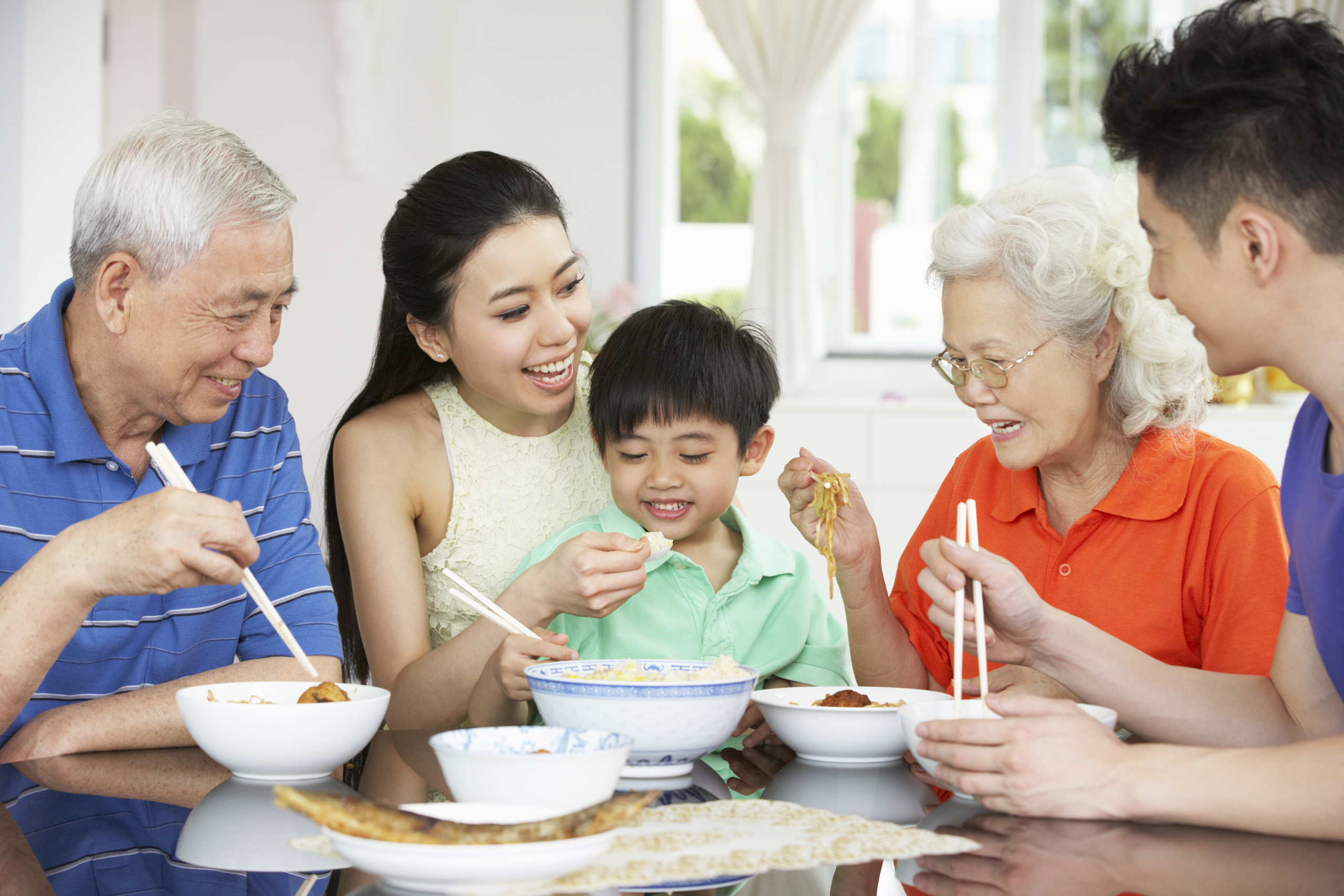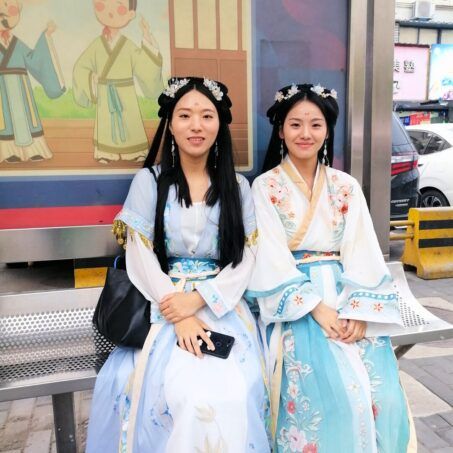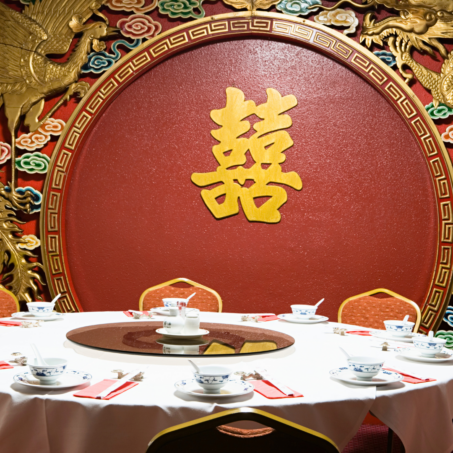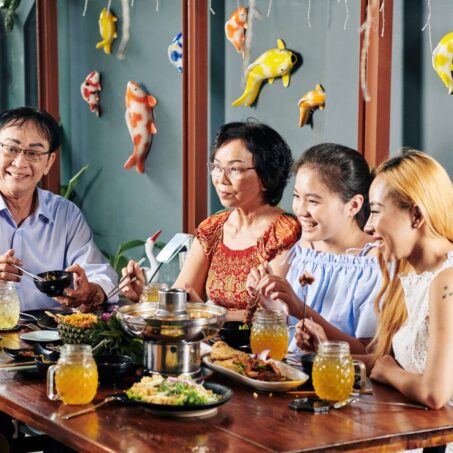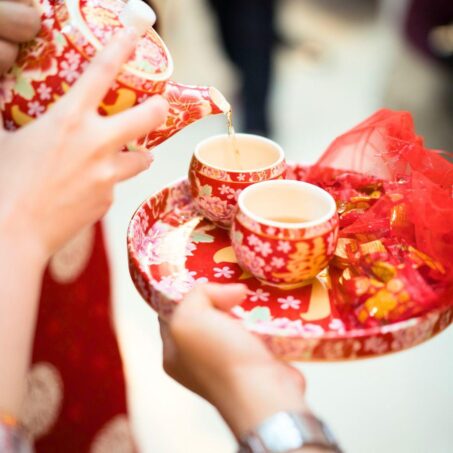One thing everyone all around the world has in common is having a daily routine. But what does the daily routine look like to a Chinese family?
Last month’s Lingoinn blog post, Why You Should Homestay with a Language Teacher, covered the benefits of staying with a local host in their home – particularly when the host is a professional language teacher. This time, we’re looking at what the day-to-day might look like when you homestay in China.
While no two households are identical, there are a few habits many of them share. Here are some of the most common ones you’re likely to encounter.
Daily habits
 People in China usually take their shoes off upon entering a house – whether as a guest or in their own home. Keep your eyes peeled for a gathering of footwear by the front entrance, which is where the family will leave them before continuing further into the house.
People in China usually take their shoes off upon entering a house – whether as a guest or in their own home. Keep your eyes peeled for a gathering of footwear by the front entrance, which is where the family will leave them before continuing further into the house.
While there’ll be a living room, kitchen, bathroom and bedrooms as you’d expect, you might notice a few differences inside the house too. In the West, the washing machine is usually found in the kitchen or in utility cupboards. In China, it’s likely to be in the bathroom. And while some Chinese bathrooms nowadays are designed in a Western style with a bathtub or shower cubicle, many are designed as wet rooms. These feature a drain in the floor and no separate container for the shower, saving space and making cleaning the room more convenient. Plus, showers are generally preferred over baths, both for hygiene reasons and to save water.
The daily routine
Speaking of showers, most people in China prefer to shower at night before bed, rather than first thing in the morning. And they generally prefer to get up early – although whether they go to bed early or late varies more between households.
Like in the West, breakfast is usually eaten around 8am, lunch at around 12–1pm, and dinner around 6pm. Although dinner might start a little later in summer when the days are longer.
Mealtimes
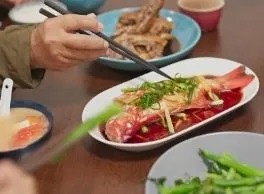 Some popular breakfast items in China include steamed buns (包子 bāozi), rice porridge (粥 zhōu), fried dough sticks (油条 yóutiáo), tea eggs (茶叶蛋 cháyè dàn) and soya milk (豆浆 dòujiāng). Coffee for breakfast isn’t as common, but is becoming more and more popular with the younger generation in big cities.
Some popular breakfast items in China include steamed buns (包子 bāozi), rice porridge (粥 zhōu), fried dough sticks (油条 yóutiáo), tea eggs (茶叶蛋 cháyè dàn) and soya milk (豆浆 dòujiāng). Coffee for breakfast isn’t as common, but is becoming more and more popular with the younger generation in big cities.
For lunch and dinner, several dishes are usually shared around the table among the family. These usually include rice or noodles, a meat dish, a vegetable dish, and often a soup dish. Like coffee for breakfast, dessert is usually not a regular part of meals. Instead, fruits and nuts are often snacked on throughout the day.
Remember: everyone is different
Different households may have slightly different habits, so take this is a rough guide rather than a comprehensive representation of all families. Keeping an eye out for what everyone else around you is doing is a good idea. And when in doubt, don’t be afraid to ask your host: they’ll always be happy to answer any questions.

